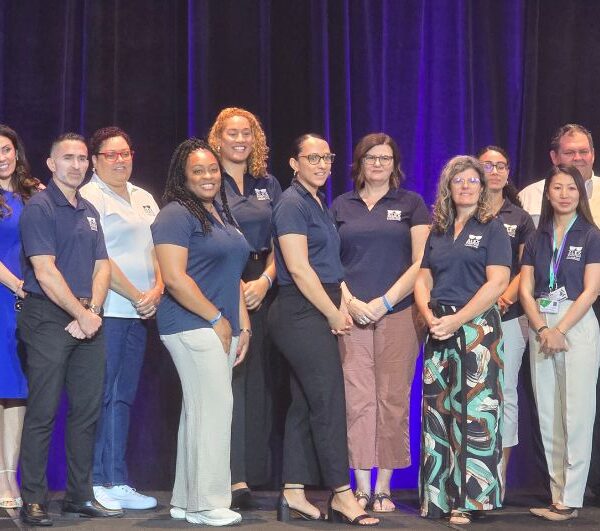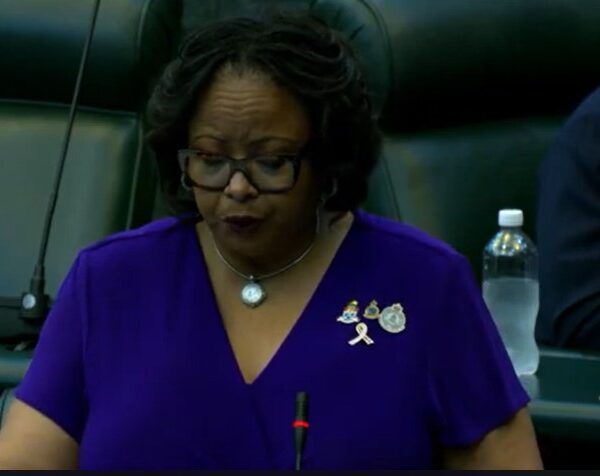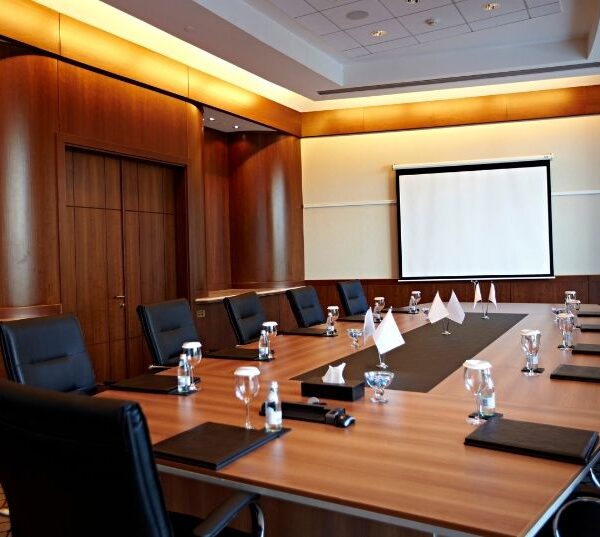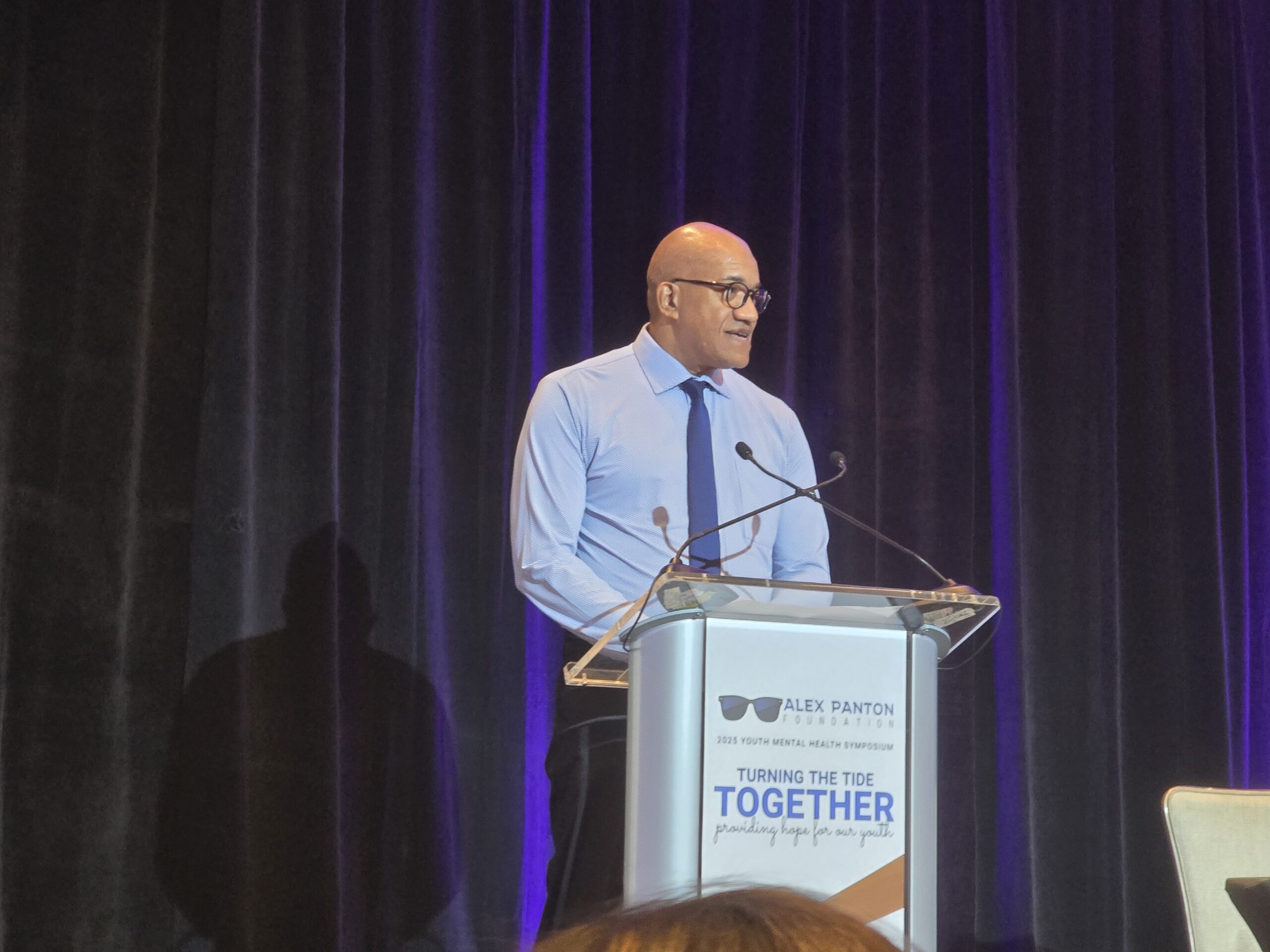
Dr Marc Lockhart
|
Getting your Trinity Audio player ready...
|
By Alric Lindsay
Dr Marc Lockhart, a Consultant Psychiatrist at the Health Services Authority, highlighted Cayman’s mental health progress on February 15, 2025, at the Alex Panton Foundation Youth Mental Health Symposium. Notwithstanding the progress, Lockhart noted several deficient areas, including the fact that there are no exclusive child/adolescent psychiatric beds (there is an 11-bed psychiatric unit where a 12-year-old boy shares the same space as a 40-year-old man declared by the Cayman courts as not guilty of a crime by reason of insanity), the need for more staff and specialists to enable a 24/7 observation and a lack of options for inpatient care (Health Services Authority being the only option). Lockhart touched on these items from a historical context, taking the audience back in time to the current status of mental health facilities.
Going back in time
Lockhart’s description of the Cayman Islands’ history of mental health facilities from its beginning to the present day covers how facilities were in Cayman 80 years ago.
He explained:
[We were] a sleepy little village community with about 6,000-7000 people.
The Colonial Register, which is the informational aspect of the British Foreign Office, would compile information on all the territories and all the different parts of the British Empire. And there’s some wonderful information about our wonderful islands in the colonial registry.
I highlighted on this screen some of the information there taken in 1943, where it was highlighted that the islands suffered greatly from a lack of facilities. There was not a lot to do.
He added:
The men were at sea for the most part, the women had to tend to the family, the children entertaining themselves outside of school and church, and there were not a lot of community activities for many times there were periods where things would ebb and flow.
So, for example, from 1939 to 1946, activities were limited because again, most of the men were either merchant marine sailors or some went off to Trinidad to join with the Caribbean militia that went to the UK and, and fought and helped to defend Britain and, and, and the world in World War II. And a lot of the organisations that have been recently formed, like the girls, guys, the Boy Scouts and so their leadership.
He continued:
But it’s interesting to note that after World War II, as the men were coming home and the world was starting to revive, we were smart enough and our forefathers were smart enough and mothers to put in certain activities.
So, it’s interesting to note that there was a Girls Guild, Church of Scotland that had a festival of youth in December 1920.
In 1950, the Girls Guild had a carnival and this was a realisation early on that we needed to bring young people together. Two major points realised 80 something years ago, that young people need to socialise and have connectivity and that the community recognised that this had to be done by bringing them together in different types of events.
Lockhart’s story mirrors the concerns voiced by the youth of Cayman today, as noted by Dr Chantal Basson in another segment of the Alex Panton Foundation Youth Mental Health Symposium.
Basson drew the audience’s attention to the fact that Cayman’s youth said that there were “lots and lots of past activities that have been cancelled”… and activities that previously existed but were no longer there.
Basson added:
They’re saying there’s a lack of appropriate and affordable activities. We need something or somewhere for us teenagers to go at night, not just creating havoc in Camana Bay.
… we need some spaces.
As a result of the historic challenges with facilities, particularly mental health facilities, Cayman’s mental health patients were sent overseas, including Jamaica.
Regarding this, Lockhart explained:
… the Colonial Registry highlighted that fact by saying that the mentally ill were sent to Jamaica and the cost was borne by us, by the Cayman Islands to pay for that.
There was no specific facility for the mental health or for those mentally ill, I should say. And that set a pattern that has continued to very recently.
He added:
One of the challenges that we faced as a very small group of islands was having the appropriate facilities to deal with complex presentations like the serious demented illness.
Unfortunately, not everyone could send family members to Jamaica. Remember that earlier slide I showed? We didn’t even have electricity, we didn’t have aeroplanes. There were boats that took those that could afford it from the Cayman Islands to Jamaica for certain treatment.And there was a large segment of the population that had challenges and had to take care of their family members, hide them, keep them at home, do the best that we could to take care of them.
He continued:
Those that became unusually aggressive or violent as a result of serious mental illness were housed in the prisons. So it was an infamous amount of information, or there have been an infamous amount of information about the Georgetown police lockup, the West Bay lockup at the time that were called the cages, and they were called that because the temperatures in those environments could get to over 100 degrees and was tantamount, almost tortured. Those cells and locations were not fit for human treatment or a place for humans to be let alone to have children or adolescents there.
And there were many cases of young people who had behavioural issues that were kept in those conditions. In 2016, the RCIPs replaced those types of facilities and that was one step forward.
Advancements in facilities and new legislation
Notwithstanding the authorities’ slowness in reacting to crucial mental healthcare challenges and local care for mental health patients, Lockhart reflected on his appreciation for the small steps taken by each government administration.
Concerning this, he said:
There have been quite a few changes, starting in 2001 with the Bradley and Palmer report, which was a group of professionals that were brought down by the Ministry at that time to look at our mental health law and to start to change and modernise that law. Our report was prepared in 2002 and although it took many years to implement many of those recommendations, they eventually were implemented with a new Mental Health Act, which has been updated and even by our previous minister, has been tweaked to apply to the 21st century.
We’ve had workshops, we’ve had a eight bed ward that was finally opened in 2003 at the Health Services Authority.
And for the first time we were able to treat people with mental health challenges separately from the medical ward in the hospital. And more importantly, pull away from using the “cages” as a place to treat people with serious mental illness.
He added:
Progress has continued with multiple legal and social type changes with the establishment of a mental health commission and the mental health laws, the disability policy, as I said earlier, the custody suites being open so that those that were agitated or that had a forensic or criminal component to their serious mental illness were treated more humanely.
We had the formation of the first nonprofit organisation dedicated just to mental health decision, primarily to youth and that’s the Alex Panton Foundation.
He continued:
Loud Silent Voices, our first, our group home in West Bay was opened in 2021 and then we’ve had other changes like Alex’s Place.
Highlighting Alex’s Place, Lockhart said now “you’re hearing with young people feeling that at least there’s more hope and there are places for them to go.” (Alex’s Place is a “collaborative effort” between the Government and the private sector, which Lockhart hopes will be available to young people 24 hours per day one day.)
In addition to Alex’s Place, Lockhart mentioned the Poinciana rehabilitation centre, a recently opened facility that was thought to welcome criminally insane persons, but apparently does not. While it is now being discussed as an afterthought whether this situation could be changed by designating a space at Poinciana for the criminally insane, Lockhart illustrated issues that could arise.
He explained:
I’m going to be sarcastic for a moment.
We have a challenge in the Cayman Islands in terms of the numbers of spaces for children coming into the school system. If I was to propose to you today that we have space at John Gray High School, that we could maybe take some five and six year olds and put them in John Gray High School because we have space there, we could fence off an area, carve out a little play area so that the 6 year olds can play and the 16 and 17 year olds can be on the other side, I don’t think I would get much traction with that.
Lockhart’s observation that the Cayman Islands must have sufficient mental health facilities properly designed to treat specific types of mental health challenges is critical for policymakers and other stakeholders to understand.
Emphasizing this point, he said:
Mental health, I’m biased, but I want to say I feel is a little bit above physical health.
Why? Because if you don’t have mental health, if you can’t think, if you can’t take the medications that the physical doctor gives you, if you can’t show up to get your physical therapy, if you can’t take the treatment that you’re supposed to be given because you can’t process it, your physical health isn’t going anywhere.
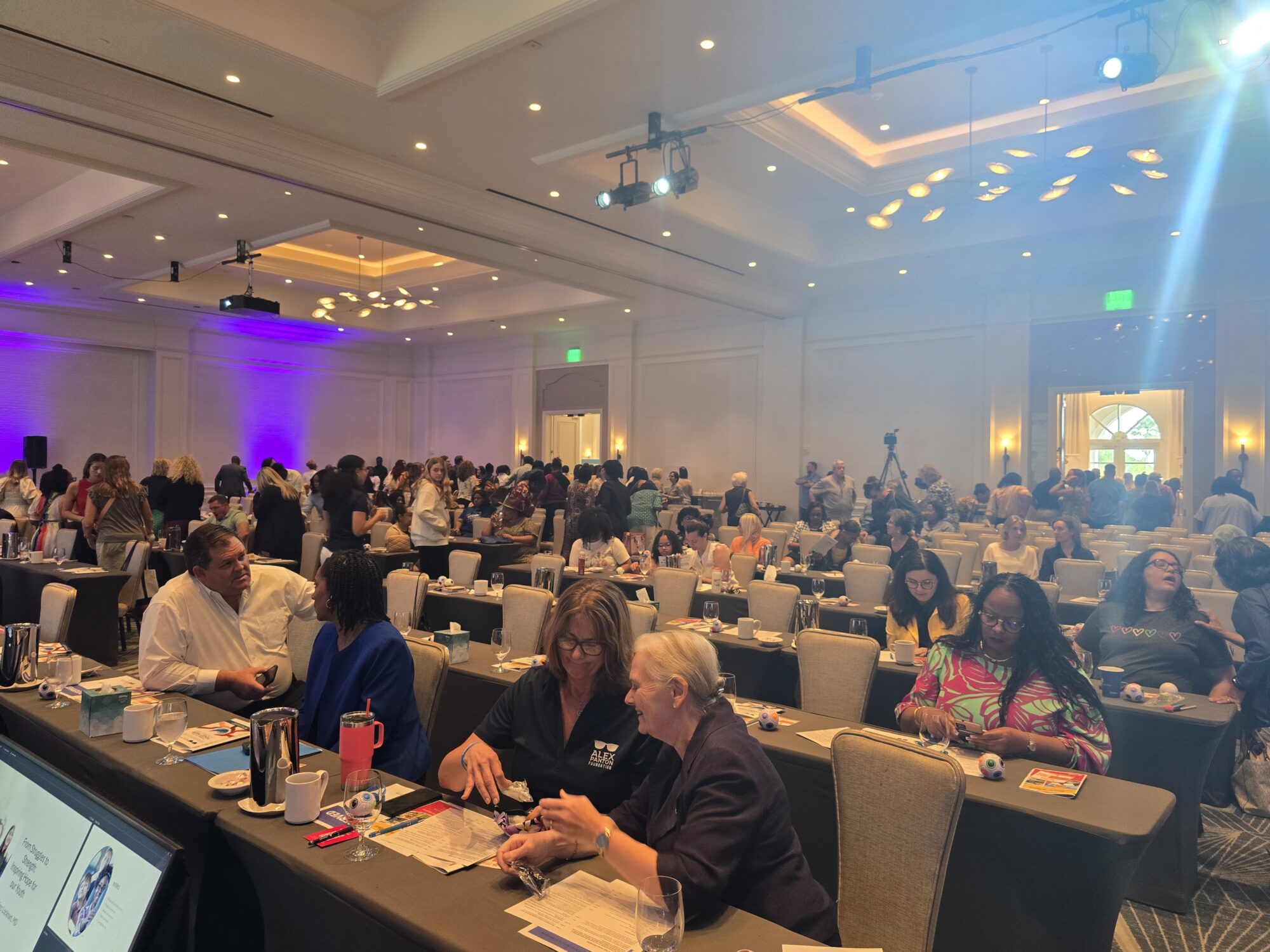
Participants at the Alex Panton Foundation Youth Symposium
Given these impacts, mental healthcare must not be an afterthought in policymaking decisions. Instead, sitting politicians must collaborate with the private sector and other stakeholders to “share and talk,” which could lead to action steps being implemented.
He added:
Look at how many organisations have contributed. I’m begging, next elected members of government, please.
He concluded:
And we’re not stepping on the civil service. I’m commending. I will commend the civil service when they do things right and I’ll criticise them when they don’t. I don’t care. It’s our money. It’s our money. We’re not tearing down our country because I wouldn’t want to be anywhere else. We’re not tearing down our country.
We need to build it up. And as I said earlier, we’re entering new times, ladies and gentlemen. We need to prepare our children. There’s something called AI that’s going to take away a lot of jobs. We need to prepare them in terms of the types of careers they choose. We need to listen to them. Another quick thing. We know that we need to talk to our children and we’ve always been hearing that through the years, like talk to your child, talk to them, keep them close to you.
We now know with the information that we have that talk is the umbrella. To be more specific, we need to listen to them and we need to listen with what an old psychoanalyst said, listening with the third ear, not just listening to what they say but listening to what they don’t say, observing what they do and don’t do. Remember that the information that they are getting is much, much more than what we are able to even decipher and process. I could go on and on.
Observations
Although the Cayman Islands boasts about a thriving financial services centre and high gross domestic product per capita, the history painted by Lockhart shows that Cayman has little to brag about regarding the state of its mental health facilities and psychiatric care. In fact, Lockhart’s observations suggest that if Cayman wishes to stand out in mental health care as much as it does with financial services, it must expand the number and quality of mental health facilities locally. Essentially, Cayman’s goal should be to become “self-sufficient” with the number of mental health care facilities, rather than depending on overseas facilities to care for our own people and incurring large Government expenditures overseas.
Self-sufficiency also goes beyond the number of facilities. It includes the idea that each of our mental health facilities must have adequate resources for the specific mental health care they are designed to address. This may mean reallocating expenditure from wasteful activities to mental health care and changing the direction of policies from what may be perceived as personal, political, and legacy projects to facilities that benefit a growing population that is clearly exhibiting mental health challenges. Urgent attention, increased collaboration and investment are needed here rather than lip service.



